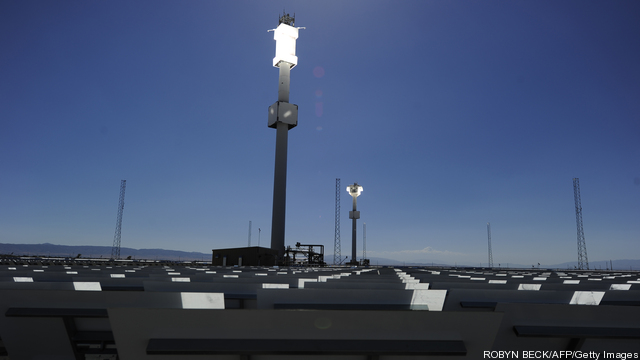
Trying to find the silver bullet in energy is not an easy task. Developing a power source that is clean and widely available, yet also cheaper and more reliable than fossil fuels or intermittent wind and solar has led to a great deal of expensive research but few commercially successful technologies.
Proponents of ocean power, in which converters capture the power of the constant energy provided by high and low waves and tide flows, believe they have the answer – but pricing, infrastructure prejudiced to existing generation types and lack of data all form robust challenges for the still-small sector. Keep reading →




 A private-equity firm, a
A private-equity firm, a 



